When to start washing a tattoo is one of the most common questions we get from new clients in Brisbane. The aftercare window is where the magic happens — a clean, balanced healing process means your tattoo (cosmetic or body art) heals crisp and true to colour. Get it wrong and you risk irritation, poor colour retention or even infection.
As Uliana Kasperska and Anastasia Petkov, licensed cosmetic tattoo artists with over 15 years of combined experience in Europe and Australia, we’ve seen how much of a difference proper washing makes. In our studio, we remind every client that the healing doesn’t end when they walk out the door — it starts.
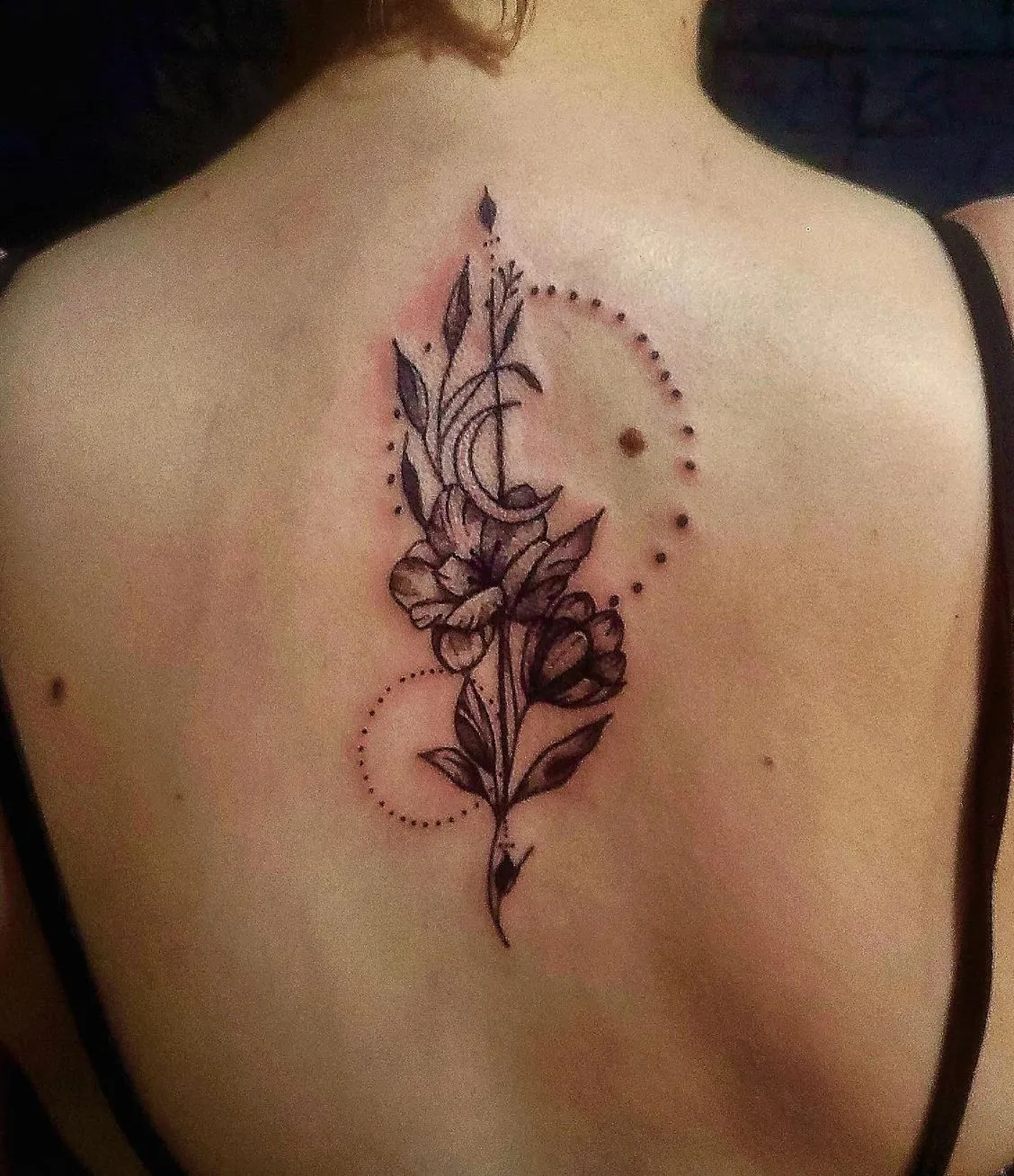
Table of Contents
Why Washing A Tattoo Matters
A fresh tattoo is technically an open wound. Tiny needles have delivered tattoo ink under the skin, creating micro-trauma. That’s why it weeps blood plasma in the first few hours. Plasma is sticky, and if it dries into a thick scab, it can pull pigment out as it falls away.
Washing helps remove plasma, blood clots and excess ointment while protecting your skin barrier. Done gently, it reduces the risk of hepatitis B, hepatitis C or bacterial infection — risks that can develop if fresh tattoos are left exposed to dirt, sweat or contaminated water.
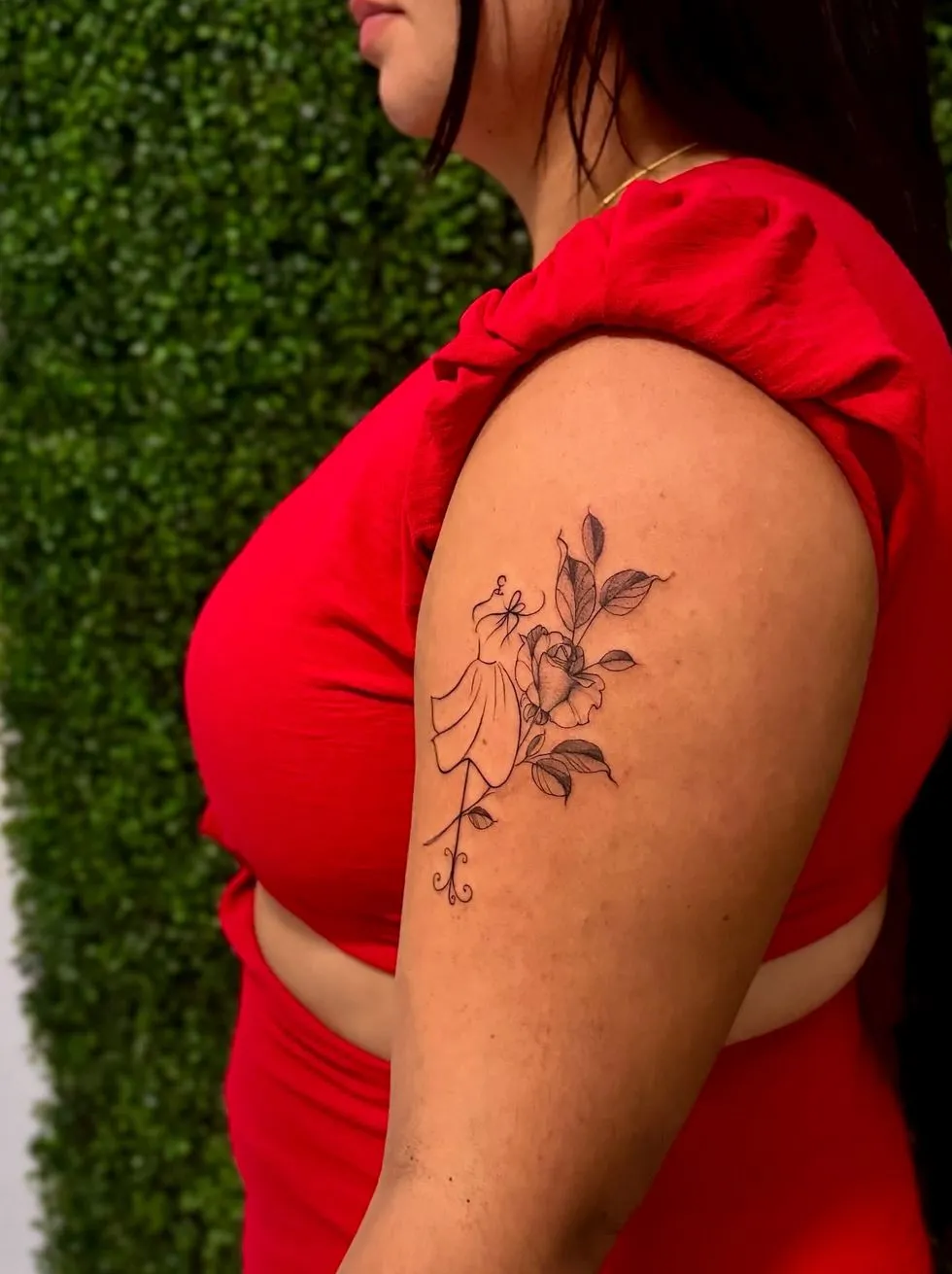
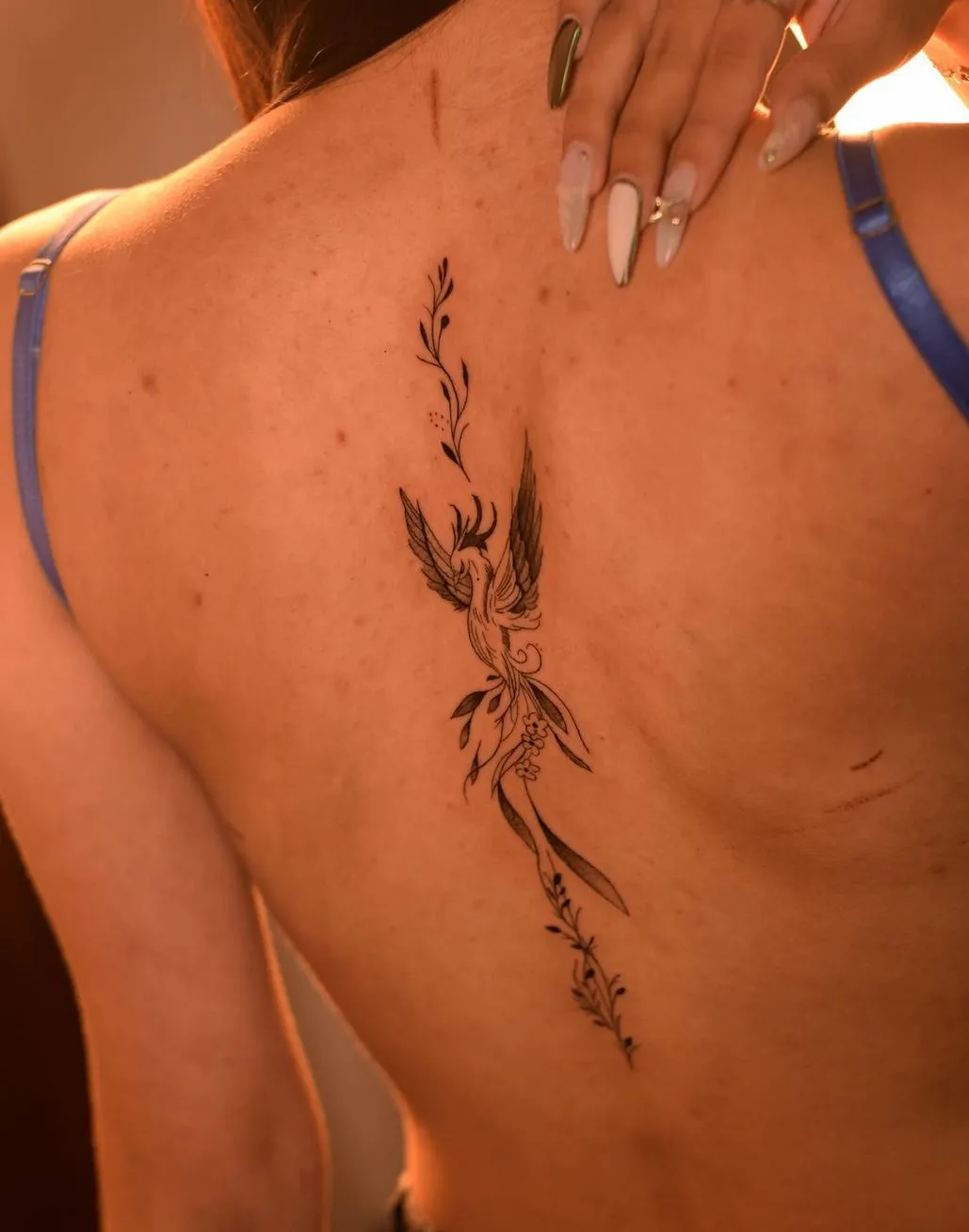
Timing Your Initial Aftercare Routine
Most professional tattoo artists agree: your first wash should be around 2–4 hours after leaving the tattoo shop. That’s usually when you’ll remove the plastic wrap or second skin film applied during your appointment. Waiting too long risks letting plasma build up under the plastic film, while washing too soon may flush pigment out.
In Brisbane’s climate, where the humidity is high, we generally recommend not sleeping overnight with the wrap on — it traps sweat and can cause skin irritation. Instead, wash gently before bed, then reapply a light breathable dressing if your artist suggests it.
Healing Day Washing Guidelines
| Healing Day | Washing Guidelines | What You’ll Notice |
|---|---|---|
| Day 1 | First wash 2–4 hours after wrapping is removed | Plasma, slight ink residue |
| Day 2–3 | Wash gently 2–3 times daily | Redness, mild swelling, and early scabs |
| Day 4–7 | Continue washing once or twice daily | Peeling skin, itchiness, duller colour |
| Week 2–3 | Wash once daily with hypoallergenic soap | Patchy look as pigment resurfaces |
| Week 4+ | Resume normal washing with unscented and unperfumed products | Tattoo settles and colour evens |

How To Wash A New Tattoo
Think of tattoo washing like washing delicate silk — too rough and it’s ruined, too gentle and it stays dirty. The technique is simple but must be done consistently:
- Wash your hands first with antibacterial soap.
- Use warm water, not hot, to avoid opening pores.
- Lather tattoo soap or fragrance-free hypoallergenic soap in your hands.
- Pat the foam over the area — no scrubbing, sponges or washcloths.
- Rinse carefully, avoiding direct high-pressure streams.
- Pat dry with a paper towel or clean cotton cloth.
- Apply a thin layer of aftercare lotion, healing balm or approved tattoo cream.
Don’t use petroleum jelly unless your artist recommends it. Modern tattoo care products like breathable balms or gels work better.
Products To Use (And Avoid)
The world of tattoo care products is huge, but not all are skin-safe. Some “natural” remedies can do more harm than good.
- Good: Fragrance-free lotion, tattoo-specific balms, tattoo jelly, tattoo soap, SPF 50 sunscreen (once healed).
- Risky: Coconut oil (clogs pores), petroleum jelly (suffocates skin), body lotions with fragrance or products with allergens like mercury sulphide (common in red ink reactions).
Do a patch or allergy test on healed skin if you’re prone to skin reactions.
What To Avoid While Healing
The first month is about protecting your fresh ink. In our Brisbane studio, we see complications mostly when clients ignore these rules:
- Swimming pools and chlorine pools: Chlorine dries and irritates, disrupts healing.
- Hot tubs and ocean water: Both increase infection risk due to bacteria and salt.
- Direct sunlight and UV rays: Cause fading, peeling and skin reactions. Use SPF 50 once fully healed.
- Scratching or picking: Tempting when you’ve got peeling skin, but pulling scabs = patchy results.
Your immune system is doing all the hard work behind the scenes, clotting blood, rebuilding skin and encapsulating pigment particles. That’s why good sleep, hydration and no alcohol all help with recovery.
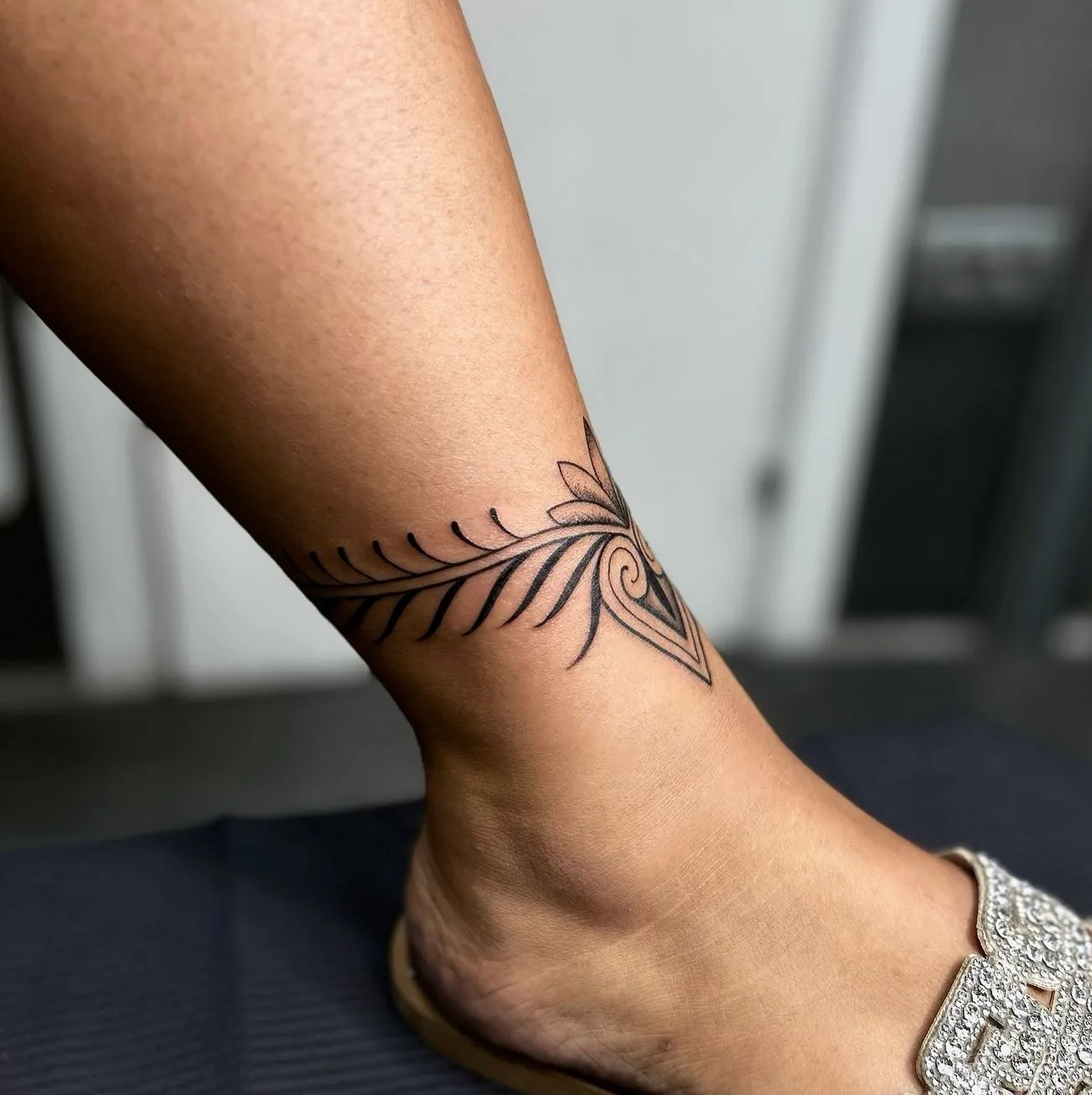
Brisbane Healing Challenges
Our subtropical climate brings its own challenges:
- Sweating: Increases bacteria risk; avoid heavy exercise in week one.
- Sun: Strong UV means extra caution once healed — otherwise fading is guaranteed.
- Humidity: Makes plastic wrap healing tricky; opt for breathable dressings
We often recommend breathable tattoo care products and lightweight fragrance-free lotions to prevent irritation in hot, sticky weather.
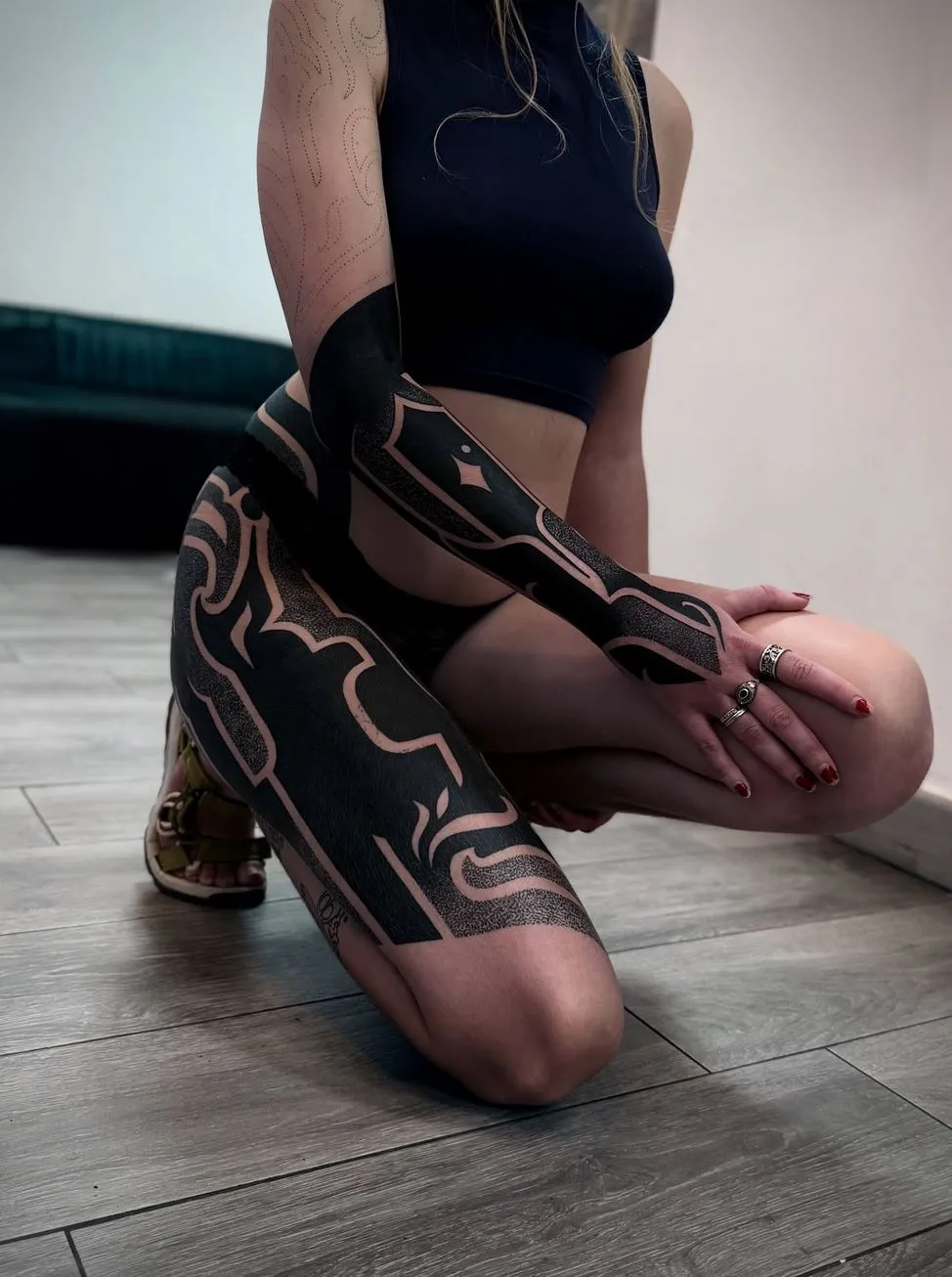
Statistics And Health Risks
A Wounds International review (2023) found tattoo infections are 30% more likely without proper aftercare.
Studies in Australia show about 10% of tattooed people get skin reactions like rashes, especially with red ink containing mercury sulphide.
Cases of hepatitis B and hepatitis C are linked to poor hygiene and contaminated water — another reason proper washing and avoiding public pools early on is key.
Real Studio Experiences
One Brisbane client with tattooed legs went jogging in week one. The sweat, combined with plastic wrap, caused irritation and pigment loss. After a touch-up, she followed proper washing instructions and healed perfectly.
Another client ignored advice, slathered on heavy body lotions, and ended up with clogged pores and scabbing. We switched her to a light, fragrance-free lotion, and her healed results were night and day.
Final Thoughts
So, when to start washing a tattoo? The safe window is 2–4 hours after your session, then daily gentle washes with tattoo soap or hypoallergenic soap until the tattoo settles. Pair that with light aftercare lotion, strict avoidance of swimming pools, direct sunlight, and fragranced products, and your tattoo will thank you for years.
At our Cosmetic Tattoo Studio Brisbane, Face Figurati, we remind every client that healing is half the artistry. Your tattoo artist creates the design, but your care routine ensures it lasts.

Using only natural and eco-friendly components for cosmetics
Special unique receipes are the secret of our spa procedures.
Experienced and skilled staff will make your perfect day
Most of our beauties come from the recommendation
FAQ
Can I wash my tattoo with antibacterial soap?
Can I swim in pools or the ocean while healing?
No. Swimming pools, hot tubs, and ocean water all increase infection risk during healing.
What if I’m allergic to aftercare lotion?
Why does my red ink look irritated?
Red ink often contains compounds like mercury sulphide, which can trigger allergic reactions in some people.
How long until I can use sunscreen?
Wait until your tattoo is fully healed (around 4 weeks) before applying SPF. Then stick to SPF 50 for the best protection against UV damage.
